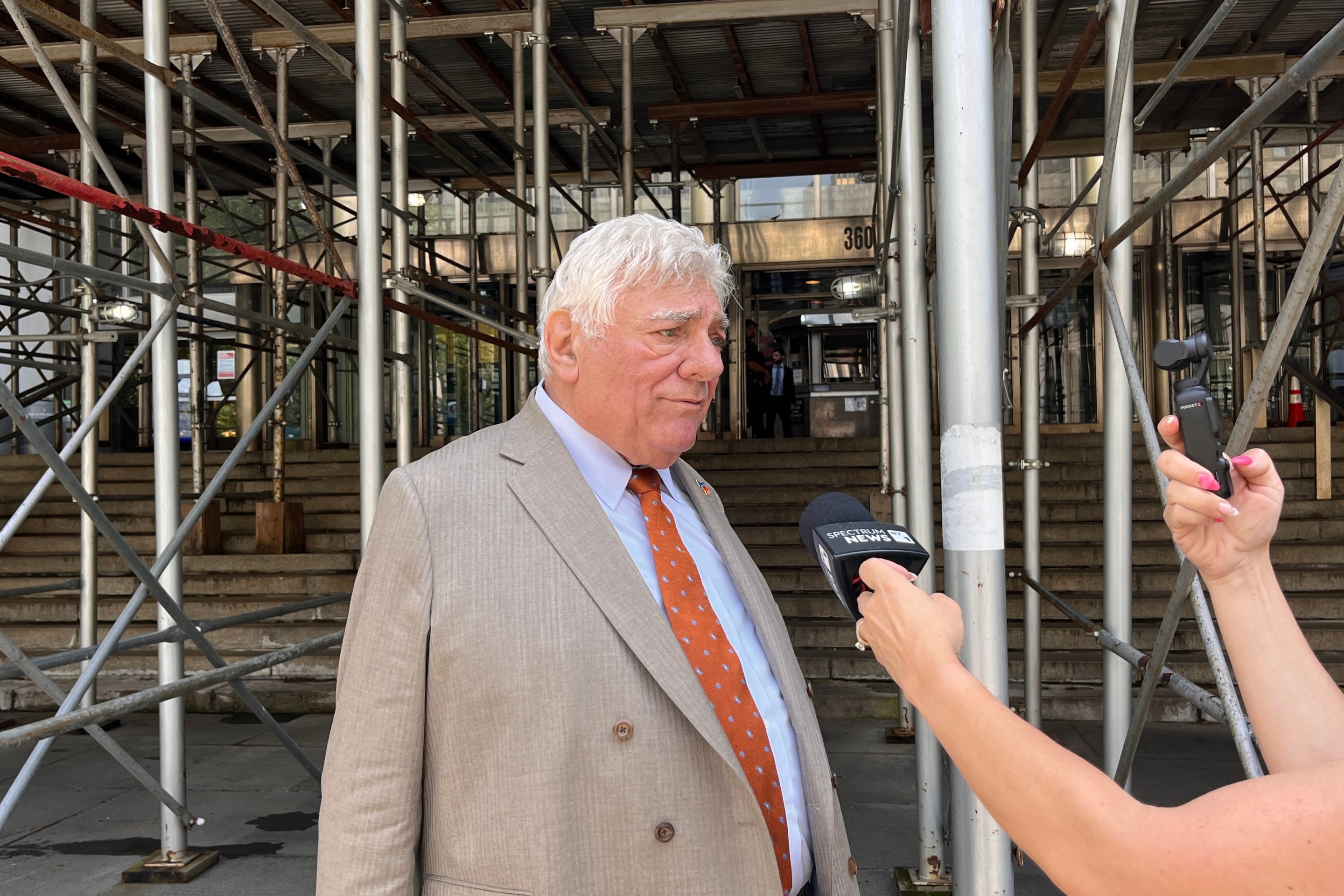“I argue for saner rules for bikes,” tweeted traffic guru “Gridlock” Sam Schwartz yesterday, referring to a post that he and fellow former NYC DOT engineer Gerard Soffian put up on CityLand. “[F]or their own safety and for the safety of others,” bicyclists should comply with traffic laws, they wrote. In keeping with Sam’s trademark common sense and fair play, the two also said that fines for cycling through red lights and other violations should be lowered, and traffic laws changed to “permit bicyclists to make turns and other movements prohibited for motorists.”

The point, said Sam and Gerard up front, is that “Mayor de Blasio’s Vision Zero initiative to substantially reduce traffic fatalities can only be achieved if all users of our roadways respect traffic rules.” No argument there. Or even with Sam’s contention that cycling violations are rife in New York City. But even so, are cycling violations a big contributor to fatal and serious-injury crashes -- or, as some charge, to a culture of traffic chaos? And is clamping down on cycling violations -- whether in the ham-handed way of so-called “Operation Safe Cycle” or in Sam and Gerard’s more evenhanded sketch -- a way to make our streets safer?
No and No, says this city cyclist (who is also a long-time admirer of Sam’s and, these days, a partner of his in pursuing the Move NY fair-tolling plan). Notwithstanding its kinder and gentler ethos, Sam’s first cut yesterday of “saner rules for bikes” doesn’t match up well with on-street biking conditions in New York City.
To begin: Forcing cyclists to stop -- and wait -- at red lights runs up against some basic physical realities. In summer, to stop at lights is to be bathed in sweat, as the broiling heat swallows the breeze you’ve worked hard to manufacture; to stop in winter is to forfeit the heat you’ve built up, and feel your extremities start to burn. Moreover, dead-stopping at any time cuts directly into the efficiencies that are central to city cycling. Not only do you lose time in standing rather than moving, but you have to raise your exertion in order to power up again.
Back in 2001, two Bay-area cyclists -- a U-Cal Berkeley physics professor and the editor of the transportation journal Access -- documented that a route with frequent stop signs took 30 percent longer to cover on a bike, compared to one with few stops. They also found that stop signs took away less time and energy if the cyclist merely slowed rather than halted outright. Though big city conditions are somewhat different, the message is the same: Yes, blasting through red lights at speed is deeply antisocial, but slavishly stopping at them defeats the continuing motion that so much in cycling depends on.
In cities like New York, where cyclists’ place on the road can be tenuous, there’s also a safety imperative to slipping through red lights: it takes us out of the way of potentially aggro drivers and gives us a little holiday from cars that helps us manage the next close encounter. Not to mention that our safety is enhanced when there are more of us cycling -- the well-known safety-in-numbers dynamic that aggressive ticketing threatens to squelch.
Then there’s the NYPD. Sam and Gerard didn’t say much about the police other than call for a “healthy complement of NYPD traffic officers dedicated to bike-related enforcement” directed at both drivers and cyclists. Perhaps in a follow-up, they’ll say more about such a squad’s mission, training and tactics. Hopefully there’ll be no repeat of the Orwellian “Operation Safe Cycle” that is now nearing the end of its supposed two-week run. As Streetsblog noted yesterday, “readers report a lot of fish-in-a-barrel ticketing activity and flat-out bogus summonses. No one has written in to tell us about NYPD nabbing a wrong-way cyclist who just went through a crowded crosswalk.” The NYPD even seemed to make a point of blocking bike lanes while meting out tickets, as documented in the barrage of photo-tweets by my fellow Right Of Way organizer Keegan Stephan, among others.
Sam and Gerard didn’t directly address “Operation Safe Cycle.” While that’s understandable in such a brief piece, how the police enforce traffic laws and otherwise administer the streets is going to have to become part of the conversation about cycling and New York City. That conversation also needs to envision how much cycling we want there to be, and whether and how NYPD culture needs to change to get us there.
I’m generally optimistic about NYC cycling. I’m certainly thrilled with how much bigger -- and safer -- it’s gotten over time, particularly during the reign of DOT Commissioner Janette Sadik-Khan. But Operation Safe Cycle has been depressing. It suggests that our police commissioner has been so smitten with the theory of Broken Windows that he hasn’t gotten the paradigm of Harm Reduction, which abjures absolutes and looks for the interventions that go furthest in banishing danger and lessening injury. And it suggests that while our mayor is committed to Vision Zero, he has yet to grasp that Vision Zero is connected to, and may even depend on, More Cycling. Memo to the de Blasio administration: Virtually every study [huge PDF, see pp. 28-30] of every new bike lane installed by the previous mayor found that everyone’s travel -- by foot and motor vehicle as well as by bike -- got safer when bike lanes were added and more people biked.
We cyclists agree that reckless cycling must end. But to create the conditions in which that is possible, reckless driving must end, especially speeding, failure to yield, and inattentiveness.
All over the world, the cities with the safest cycling are the cities where traveling is safest. To stop reckless cycling, let’s make it safe to cycle.





